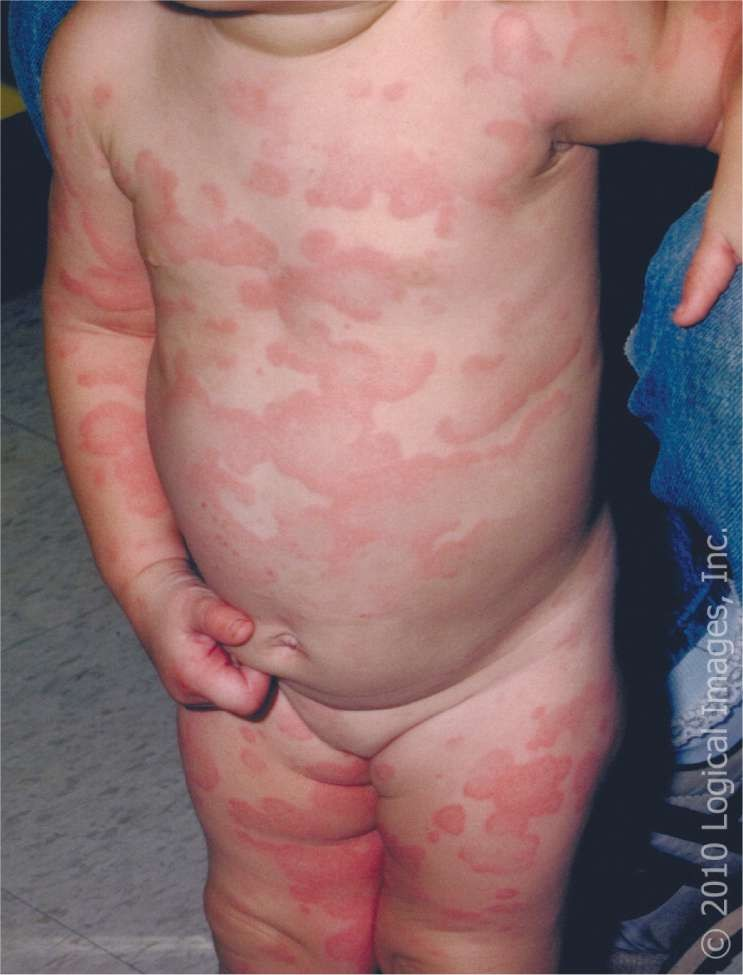A nurse on a medical-surgical unit is caring for a patient who is a hospital employee. Several nurses have called seeking information about the patient.
What action should the nurse take in response to inquiries from the nurses?
Refer Questions to the nursing supervisor.
Transfer calls directly to the patient’s room.
Acknowledge that the person is a patient on the unit, but give no specific details about the patient’s condition.
Contact the patient’s provider.
The Correct Answer is A
The correct answer is Choice A: Refer questions to the nursing supervisor.
Choice A rationale: By referring inquiries from other nurses to the nursing supervisor, the nurse maintains patient privacy and upholds healthcare privacy regulations, such as the Health Insurance Portability and Accountability Act (HIPAA). These regulations mandate that patient information should only be disclosed on a need-to-know basis. Referring questions to the nursing supervisor ensures that any information released is managed through the appropriate channels and protects the patient's confidentiality.
Choice B rationale: Transferring calls directly to the patient's room could infringe on their privacy and disrupt their care or rest. It is not the nurse's role to decide if the patient should be disturbed, and doing so may potentially compromise patient care and satisfaction.
Choice C rationale: Acknowledging that the person is a patient on the unit can violate confidentiality rules, as it confirms the individual's presence in the hospital and could lead to speculation about their condition. Nurses must maintain patient privacy by refraining from sharing any information, even if it seems harmless.
Choice D rationale: Contacting the patient's provider does not directly address the issue of handling inquiries from other nurses and could breach confidentiality if the provider discloses information without the patient's consent. Additionally, the provider may not be immediately available, which would delay addressing the inquiries and potentially expose the patient's privacy further.
Nursing Test Bank
Naxlex Comprehensive Predictor Exams
Related Questions
Correct Answer is C
Explanation
Choice A rationale:
Bilateral flank pain is not a typical sign of an allergic blood transfusion reaction. It can be associated with other conditions, such as kidney problems, musculoskeletal issues, or abdominal aortic aneurysm. While it's important to assess flank pain, it doesn't directly suggest an allergic reaction to the transfusion.
Choice B Rationale:
Distended jugular veins can indicate fluid overload, which could potentially occur during a transfusion. However, it's not a specific sign of an allergic reaction. Fluid overload can result from various causes, including heart failure, kidney problems, or excessive fluid intake. It's crucial to monitor for fluid overload during transfusions, but it doesn't definitively point to an allergic reaction.
Choice C Rationale:
Generalized urticaria, or hives, is a hallmark sign of an allergic reaction. It's characterized by raised, red, itchy welts that can appear on various parts of the body. Hives can develop rapidly and spread extensively. During a blood transfusion, generalized urticaria strongly suggests that the patient's immune system is reacting to a component of the transfused blood, such as proteins or antibodies.

Choice D Rationale:
Blood pressure 184/92 mm Hg is elevated and could be concerning, but it's not specific to allergic reactions. High blood pressure can have various causes, including stress, pain, anxiety, or underlying hypertension. While monitoring blood pressure during transfusions is essential, it doesn't directly indicate an allergic reaction.
Correct Answer is A
Explanation
Choice A rationale:
Cellular hypoxia occurs when cells do not receive enough oxygen to meet their metabolic demands. Hemoglobin is the protein in red blood cells that carries oxygen from the lungs to the tissues. A hemoglobin level of 10.8 g/dL is below the normal range for adults (14-18 g/dL), indicating that the client has anemia. Anemia reduces the oxygen-carrying capacity of the blood, which can lead to cellular hypoxia.
Here is a detailed explanation of how anemia can lead to cellular hypoxia:
Decreased oxygen-carrying capacity: Anemia results in fewer red blood cells or reduced hemoglobin levels within those cells. As a consequence, the blood's ability to transport oxygen to the tissues is diminished.
Impaired oxygen delivery: Oxygen is transported to the tissues through the bloodstream, attached to hemoglobin within red blood cells. With fewer red blood cells or reduced hemoglobin, the delivery of oxygen to the tissues is compromised.
Decreased oxygen availability at the cellular level: As oxygen delivery is impaired, less oxygen is available to the cells for metabolic processes. This insufficient oxygen supply leads to cellular hypoxia.
Impaired cellular function: Cells require oxygen to produce energy through a process called aerobic respiration. Cellular hypoxia disrupts this process, leading to impaired cellular function.
Tissue and organ dysfunction: When a significant number of cells within a tissue or organ experience hypoxia, the function of that tissue or organ can be compromised. This can manifest in various symptoms and complications, depending on the affected organs.
Common signs and symptoms of cellular hypoxia:
Fatigue Weakness
Shortness of breath Pale skin
Dizziness Headache Chest pain
Tachycardia (rapid heart rate) Cognitive impairment
Whether you are a student looking to ace your exams or a practicing nurse seeking to enhance your expertise , our nursing education contents will empower you with the confidence and competence to make a difference in the lives of patients and become a respected leader in the healthcare field.
Visit Naxlex, invest in your future and unlock endless possibilities with our unparalleled nursing education contents today
Report Wrong Answer on the Current Question
Do you disagree with the answer? If yes, what is your expected answer? Explain.
Kindly be descriptive with the issue you are facing.
